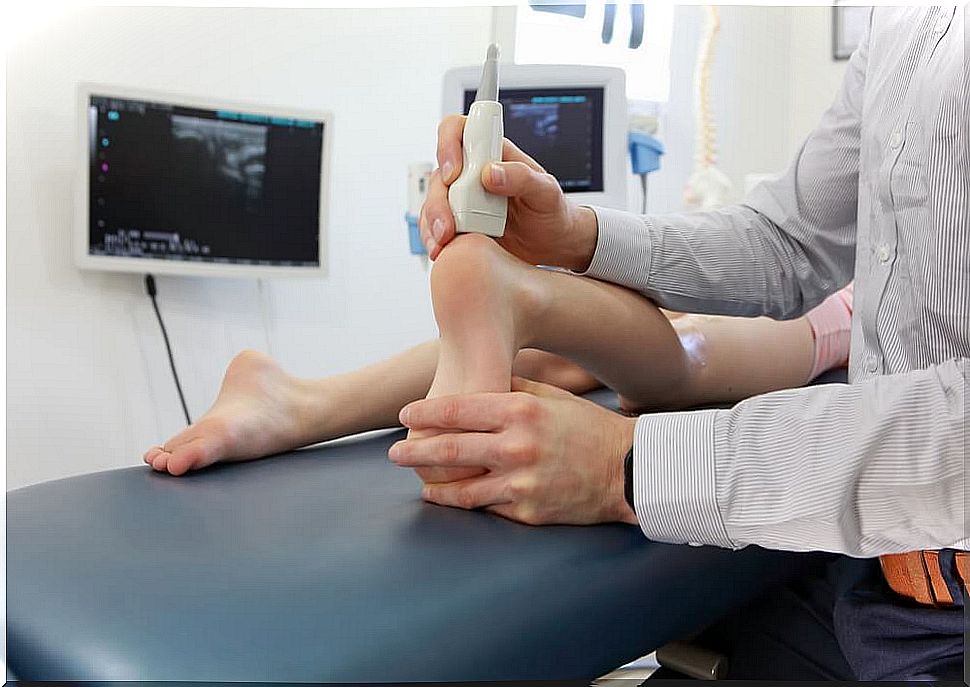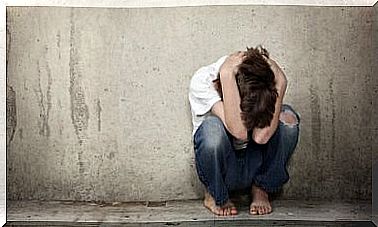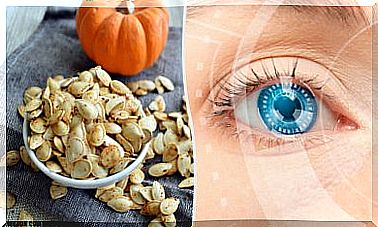Tendon Reflex
The body reacts involuntarily when hitting the tendons, causing a muscle contraction. Such is the case of the osteotendinous or myotatic reflex, which requires a stimulus that stretches the muscle spindle.
The central nervous system is made up of the brain and spinal cord. The brain is located in the cranial cavity, which contains a bony box, the skull; while the spinal cord runs through the vertebral canal. These structures are lined by the meninges, cranial or spinal. These are layered and contain cerebrospinal fluid in the spaces.
Spinal cord
The spinal cord receives and transmits messages to and from the brain. The lower part of the neuraxis, the point of attachment to the brain, and descends protected by the spinal column, the meninges and the cerebrospinal fluid.
It is a kind of cord that goes through the vertebral canal in order to transmit nerve impulses. It is responsible, among other things, for the control of movements. The transmission of impulses occurs in two directions:
- From the brain to the rest of the body: efferent function .
- From the rest of the body to the brain: afferent function.
It is considered as the point of connection between the brain and the rest of the body, since most of the nerve fibers connect with the spinal cord. Synapses occur both inside and outside the spinal cord, but this is responsible for transmitting the information of the different organs and structural.
What is a reflection?

A reflex is the motor response to a stimulus, conscious or not. For a reflex to occur, the reflex arc is required, that is, the physiological unit, or elemental activity, of the nervous system. Therefore the stimulus reflects an input to the central nervous system through peripheral receptors.
There are four groups of reflections:
- Posture and attitude.
- Spinal automatism.
- Deep or osteotendinous.
- Superficial or muscular skin.
The tendon reflex

The tendon reflex is one that occurs when the body responds to a mechanical stimulus. In general, this reflex occurs on the tendons and, in some cases, on the bone. During stretching, muscle fibers and muscle spindles are stretched. The latter activate the muscle, which contracts.
The muscle spindles are responsible for sending the signal to the spinal cord and the brain. Once the reflex arc is complete, the spinal cord determines an impulse through the alpha motor neurons, which are responsible for ordering muscle contraction. This is how the tension in the intrafusal fibers is released.
Reflex mechanism

- Function. It occurs when there is excessive stretching.
- Efferent pathways. They are formed by the axons of motor neurons.
- Receiver. It is responsible for capturing the stimulus through the intrafusal fibers.
- Afferent pathways. Composed of the axons of sensory neurons, they are found in the spinal ganglia.
- Nervous center. It is found in the spinal cord, and is made up of a sensory, intercalary neuron, and a motor neuron.
Reflex classification
- Styloradial. The forearm is pressed lightly and struck on the styloid process of the radius.
- Superciliary. It occurs with pressure on the brow bone. Upon receiving the impulse, the eyelids contract.
- Glabellar It is percussed when pressing between the eyebrows. The reaction is an orbicular contraction of the eyelids.
- Cubitopronador. AND The arm is placed in supination, the styloid process of the ulna is struck. The reflex will be pronation of the forearm.
- Patellar The patient sits up and lets the legs dangle. Pressure is applied to the patellar tendon, causing the quadriceps to contract.
- Tricipital. The patient extends the arm and elbow has down. It hits the triceps tendon. The answer will be the extension of the forearm.
- Bicipital. The person lies down and semi-flexes the arm. Subsequently, it is struck on the biceps tendon. The reaction will be the flexion of the forearm.
- Mediopubian. The patient lies on the floor, with the legs between spread and the s knees n lexionados. It hits the pubic symphysis. This will cause your abdominal muscles to contract.
- Masseter. The person places the mouth ajar. Subsequently the specialist puts his finger on the chin making pressure. If done properly, the patient will end up closing their mouth.









